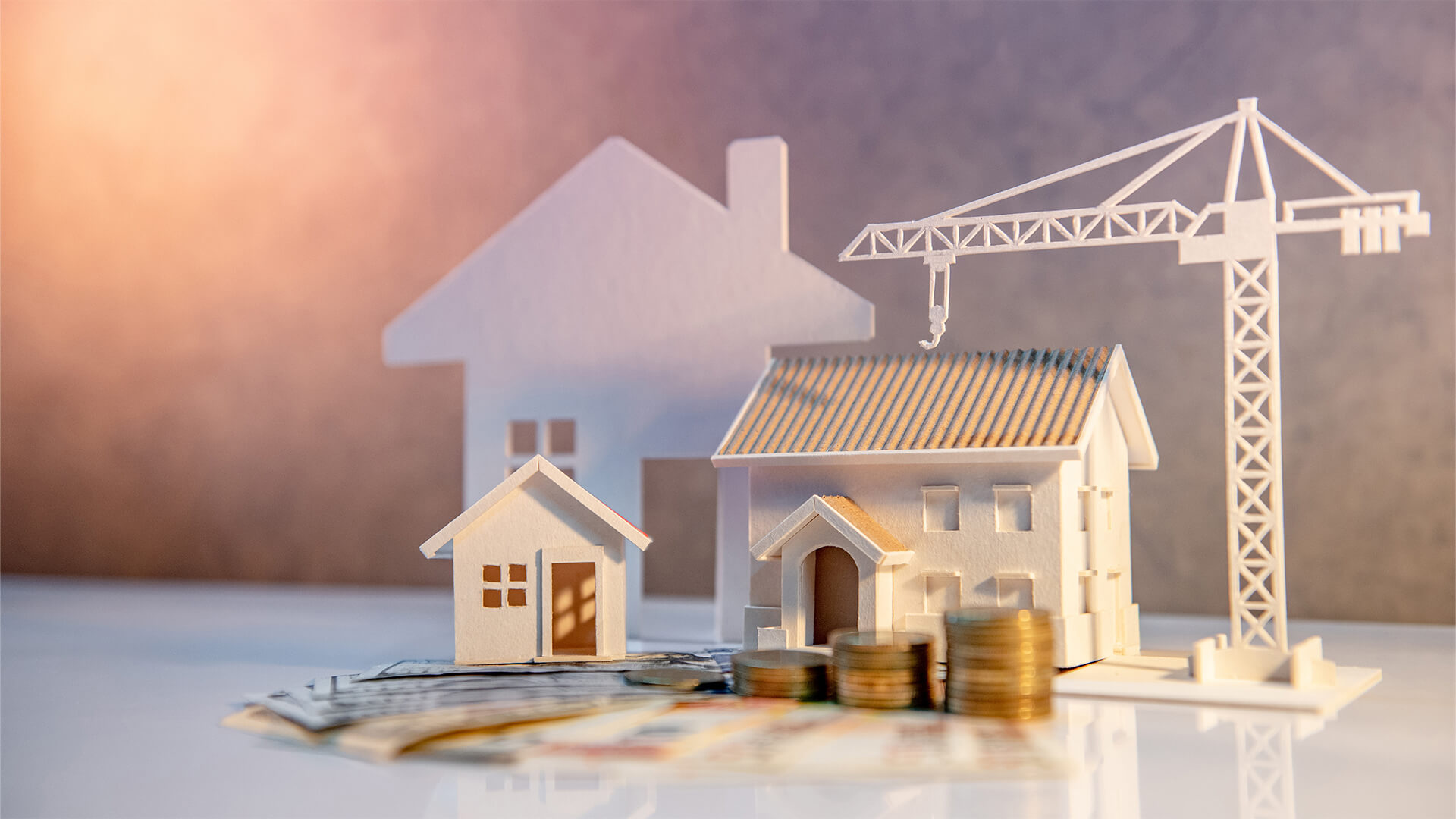The construction industry is a vital sector of the economy, providing the foundation for economic growth, development, and prosperity. As the global population continues to urbanize, the demand for housing, infrastructure, and commercial spaces is on the rise. This has created a significant opportunity for investors to capitalize on the growth potential of the construction industry. In this article, we’ll explore the future of construction investment, including the trends, opportunities, and challenges that lie ahead.
Trends Shaping the Future of Construction Investment
- Sustainable and Green Construction: As concern about climate change continues to grow, the construction industry is shifting towards sustainable and green construction methods. This trend is driving demand for materials and technologies that reduce the environmental impact of construction projects.
- Technology and Innovation: The construction industry is embracing technology and innovation, with advancements in areas such as building information modeling (BIM), modular construction, and robotics. This is increasing efficiency, reducing costs, and improving project timelines.
- Urbanization and Density: As cities continue to grow, there is a increasing need for dense, urban development. This is driving demand for high-rise buildings, mixed-use developments, and innovative urban planning solutions.
- Infrastructure Investment: Governments around the world are recognizing the need to invest in their infrastructure to support economic growth and development. This is driving demand for investment in roads, bridges, public transportation, and utilities.
- Aging Infrastructure: Much of the world’s infrastructure is aging and in need of repair or replacement. This is creating a significant opportunity for investors to capitalize on the growth potential of infrastructure investment.
Opportunities for Construction Investors
- Emerging Markets: Emerging markets such as Asia, Latin America, and Africa offer significant opportunities for construction investors, driven by rapid urbanization and economic growth.
- Renewable Energy: As concern about climate change continues to grow, the demand for renewable energy sources such as wind and solar power is increasing. This is creating opportunities for investment in renewable energy infrastructure.
- Infrastructure Privatization: Governments are increasingly turning to private investment to fund infrastructure projects, creating opportunities for investors to capitalize on the growth potential of infrastructure investment.
- Construction Technology: The construction industry is embracing technology and innovation, creating opportunities for investment in construction technology startups and companies.
- Senior Housing and Healthcare: The aging population is driving demand for senior housing and healthcare facilities, creating opportunities for investment in these areas.
Challenges Facing Construction Investors
- Risk Management: Construction projects are inherently risky, with factors such as weather, labor shortages, and material costs posing significant challenges to investors.
- Regulatory Environment: The construction industry is heavily regulated, with changing regulations and laws posing a challenge to investors.
- Skilled Labor Shortages: The construction industry is facing a significant shortage of skilled labor, driving up costs and posing a challenge to investors.
- Material Costs: The cost of materials such as steel, concrete, and lumber can be volatile, posing a challenge to investors.
- Environmental and Social Impact: The construction industry has a significant environmental and social impact, posing a challenge to investors who must balance their investment goals with their environmental and social responsibilities.
Conclusion
The future of construction investment is bright, with significant opportunities for investors to capitalize on the growth potential of the industry. However, investors must be aware of the challenges facing the industry, including risk management, regulatory environment, skilled labor shortages, material costs, and environmental and social impact. By understanding these trends, opportunities, and challenges, investors can make informed decisions and build a successful construction investment portfolio.




